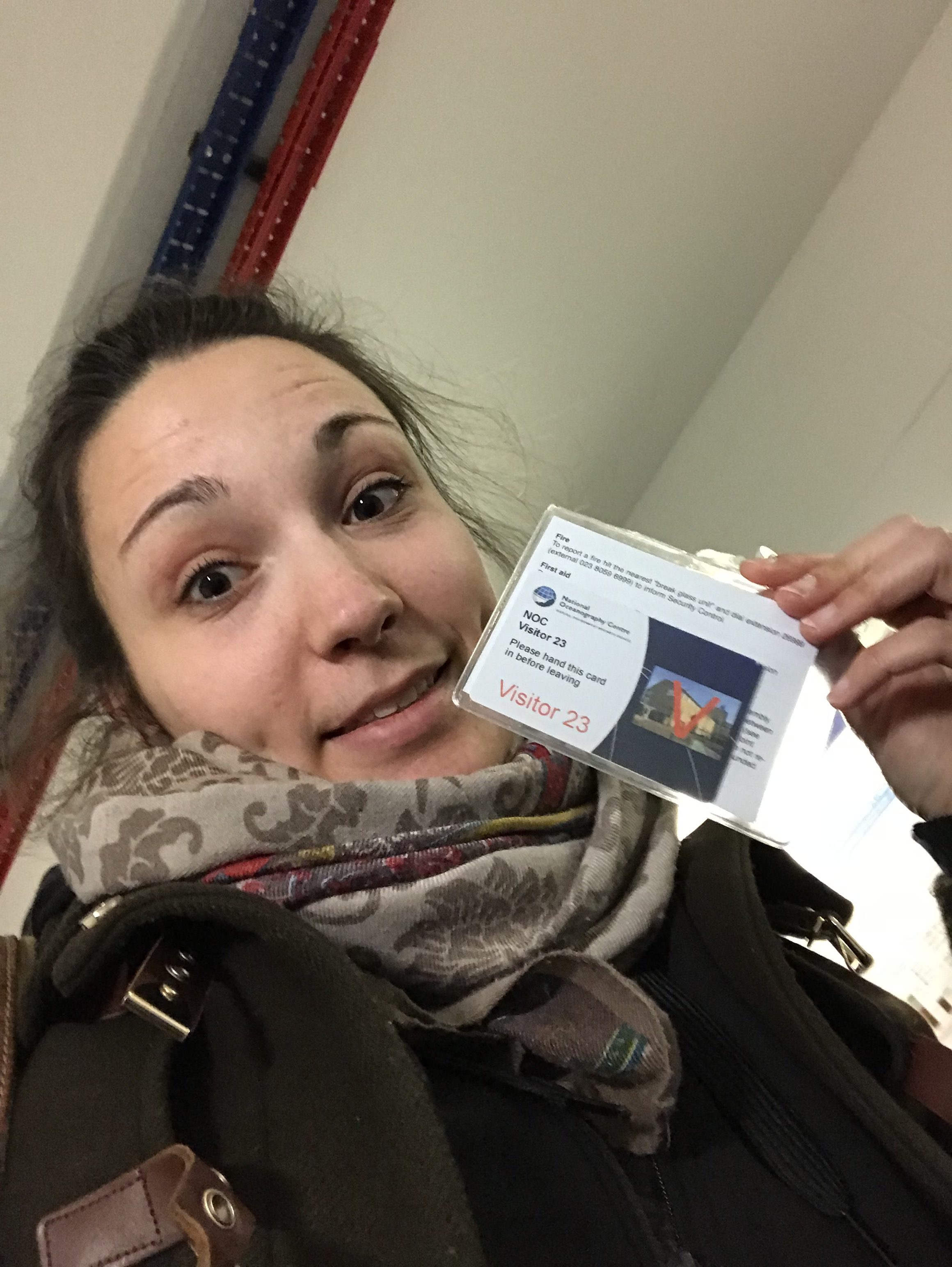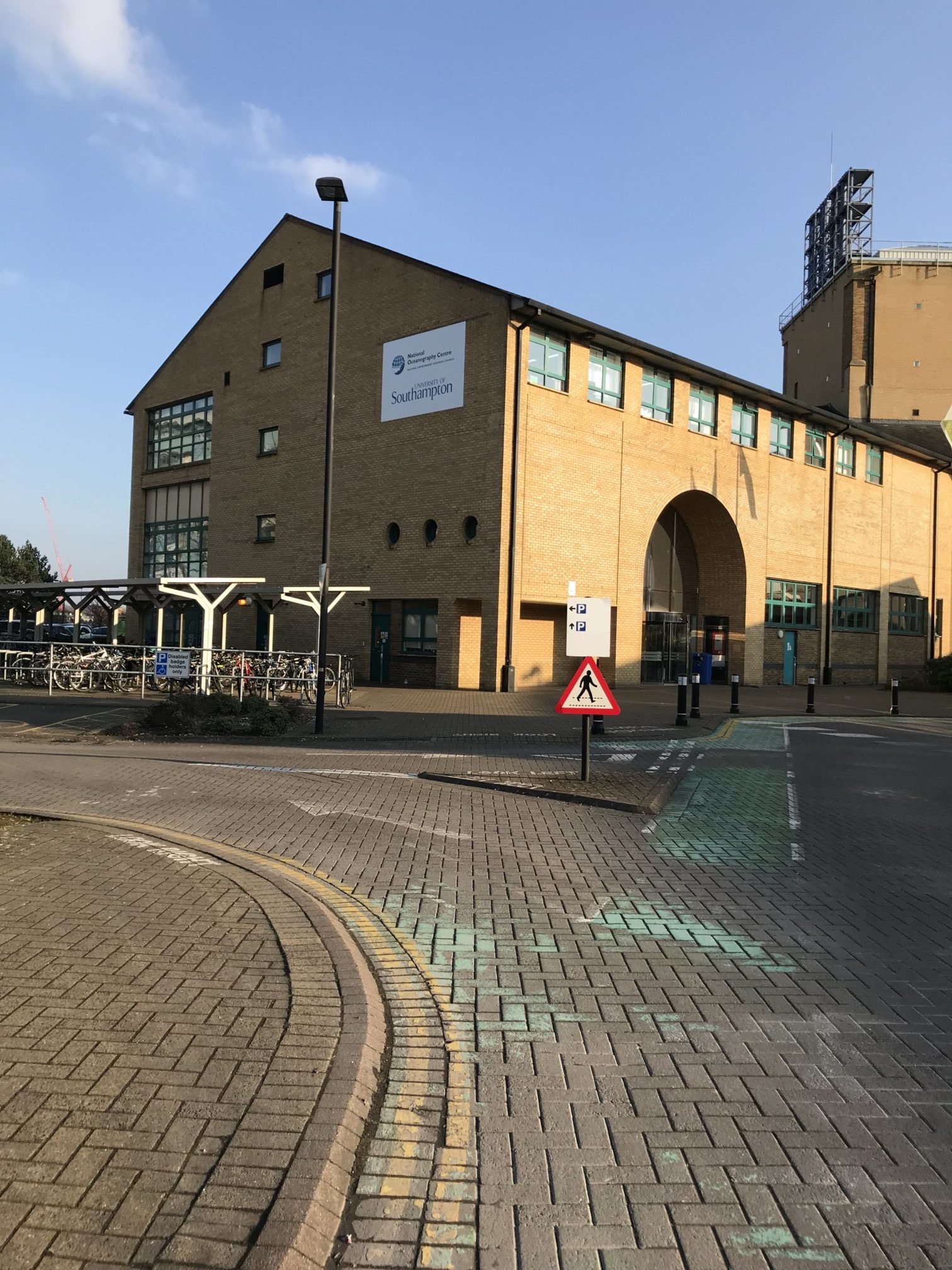Ricarda Gatter’s secondment at the NOC and University of Southampton
Ricarda Gatter, ESR 9 | 19-23/02/2018
In my PhD project, I investigate factors that pre-condition submarine slopes to fail. I focus on the characterisation of the material near the basal failure planes of different slides and the material’s behaviour prior and during the initial stages of slope failure. The processes occurring prior and during failure are still poorly understood, as they cannot be directly observed or monitored, at least not on a grain-scaled level. However, this information is necessary to gain a deeper understanding of the failure mechanism and hence, the slide evolution itself.
In order to investigate the failure processes at the initial stage of submarine landslides, I will conduct 3D numerical shear experiments. These experiments will be combined with a comprehensive dataset of micro-Computed Tomography (µCT) images and sedimentological analyses of selected cores from different submarine landslides. From this dataset, information about sediment composition and texture, as well as porosity and permeability estimations, in the vicinity of the basal shear planes will be gathered. This information will directly act as data input for the numerical simulations.
The µ-VIS X-Ray Imaging Centre at the University of Southampton, a centre for Computed Tomography (CT), provides complete support for 3D imaging science. The centre encompasses seven complementary scanning systems, which support spatial resolutions down to approximately 200 nm. This high resolution enables the visualisation and 3D reconstruction of single grains or clasts inside the sediment cores.
In February, I took off to Southampton to work with my second supervisor Dr. Michael Clare from the National Oceanographic Centre, Southampton (NOCS). He introduced me to Dr. Madhusudhan B.N. Murthy from the University of Southampton, who has acquired a number of µCT scans from various cores, which I will use to set up my numerical model. My short 5-day stay served as an introduction to µCT, to screen the available data, and as a preparation for a longer stay in spring 2018.
Although my stay in Southampton was very short, I really enjoyed my time there. I was able to look through the available data and make new acquaintances at NOCS and the University of Southampton. I also got the chance to meet Maarten again, another PhD student in the SLATE project. It was great to hear about what he was working on and to meet some of the other PhD students he is working with at NOCS. I am looking forward to my second stay at Southampton and future successful collaborations with the University and NOCS.
- 19-23/02/2018



